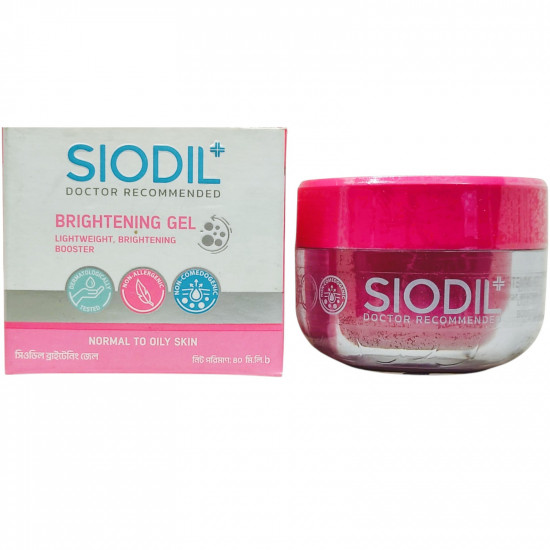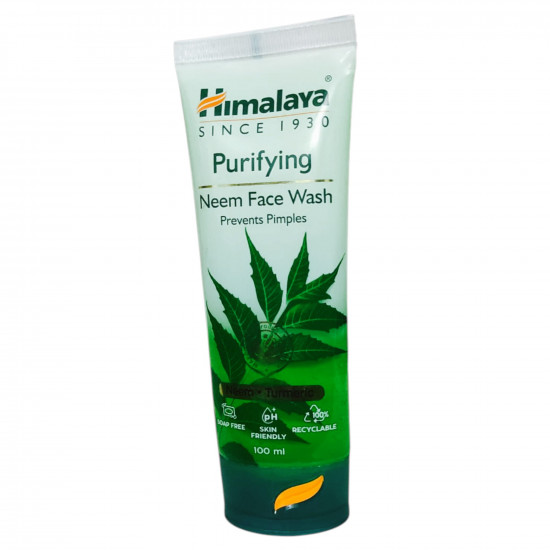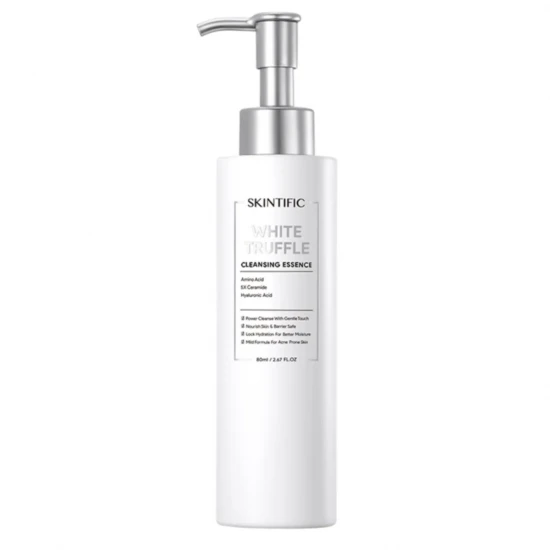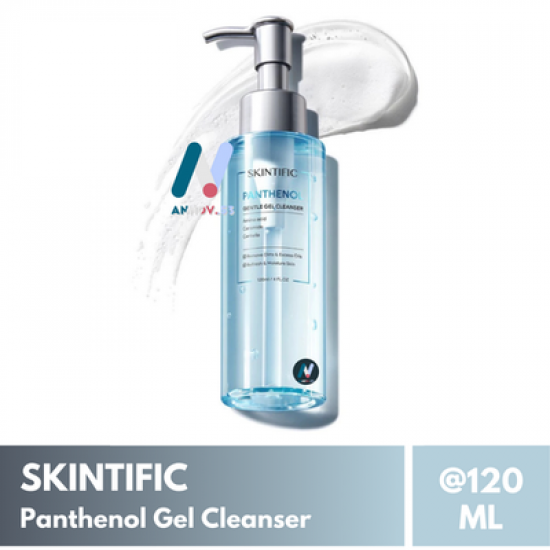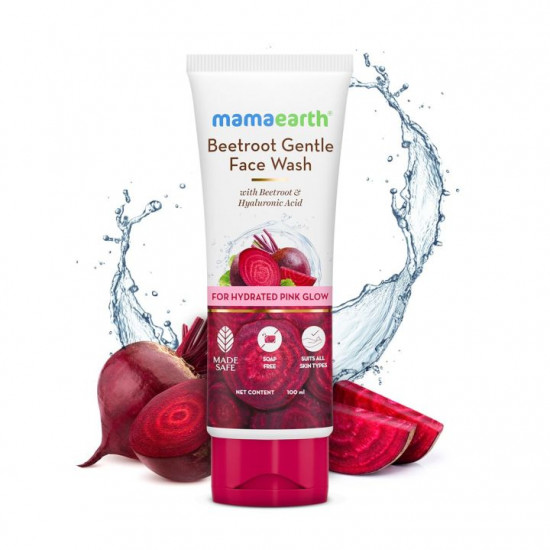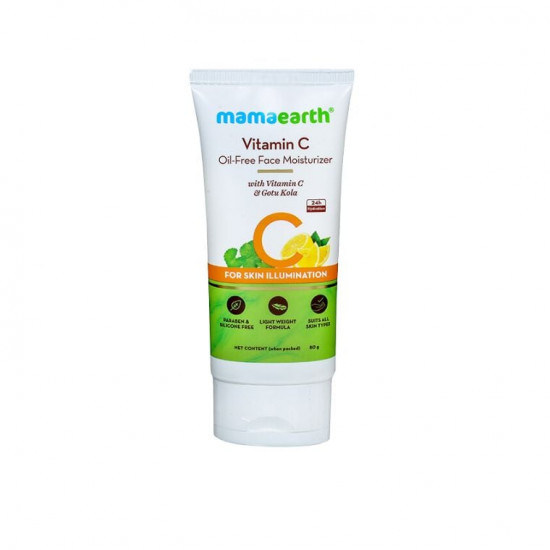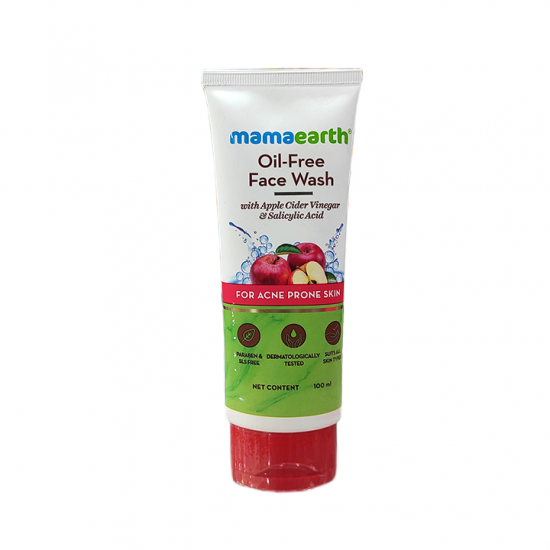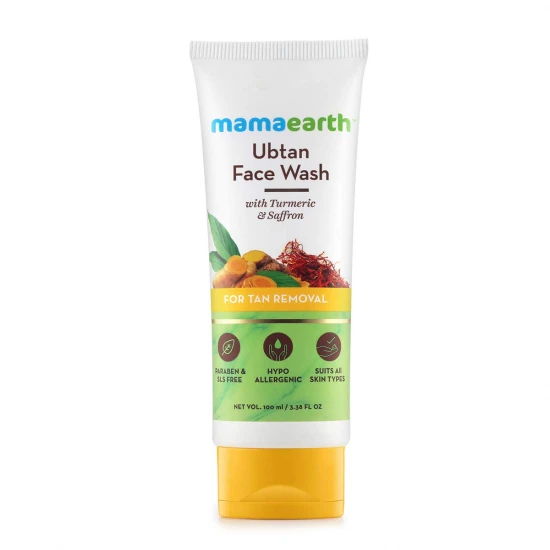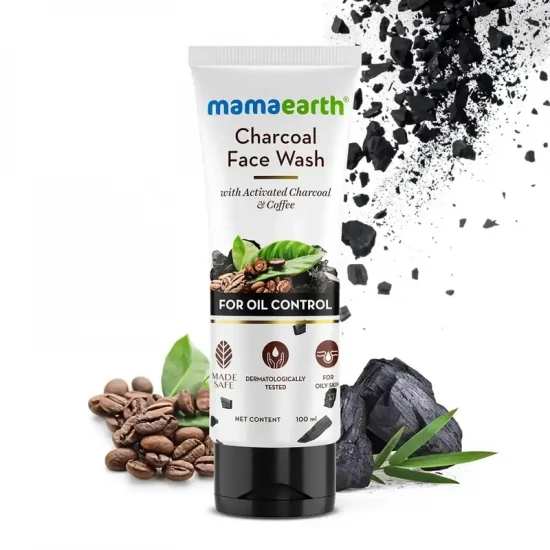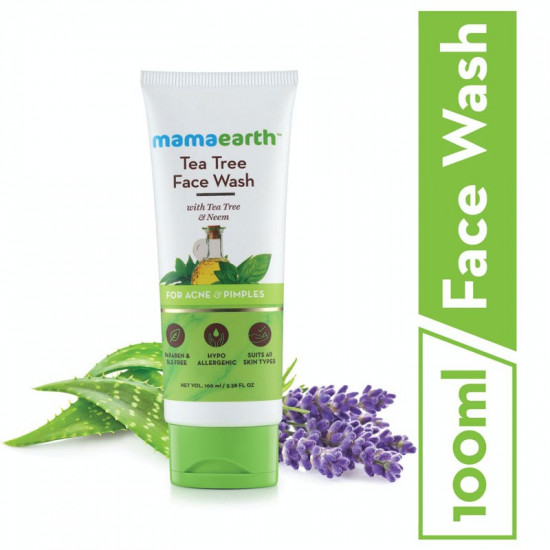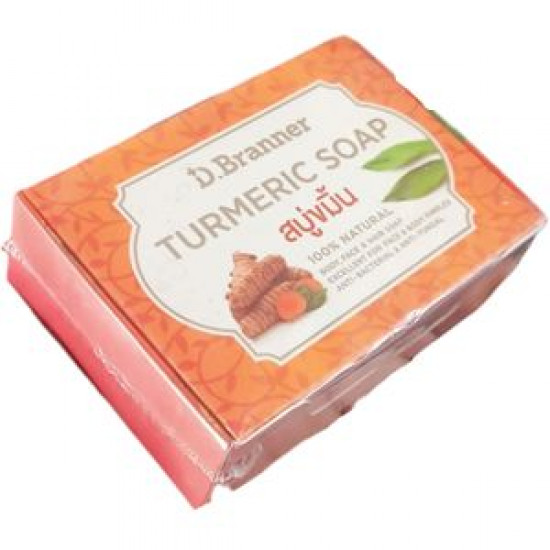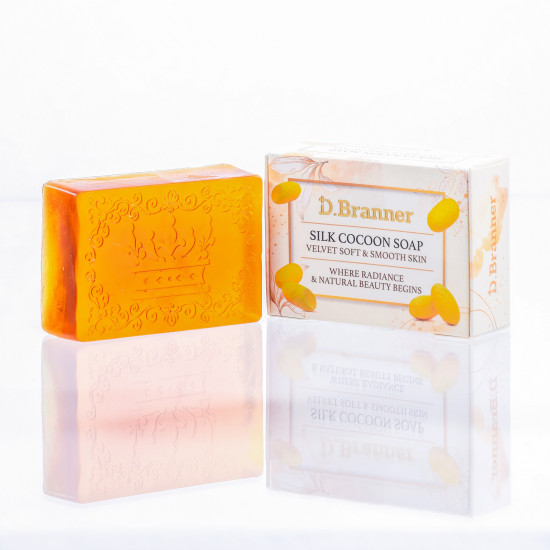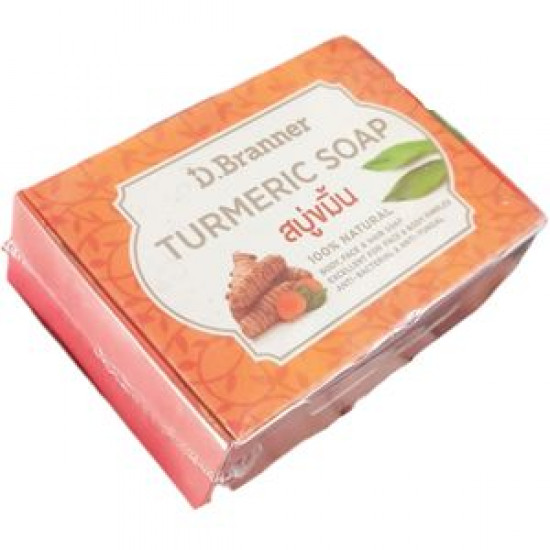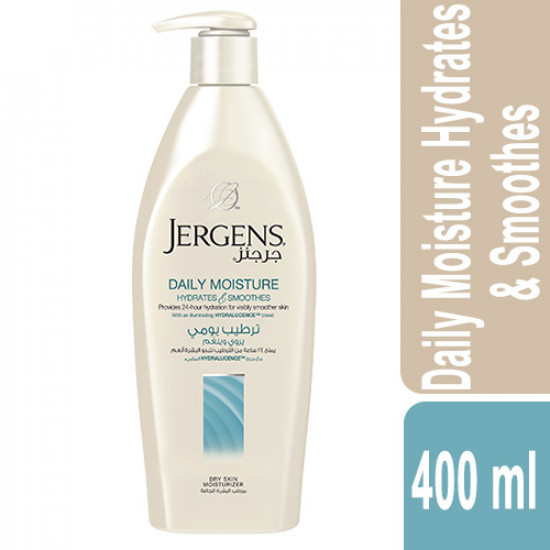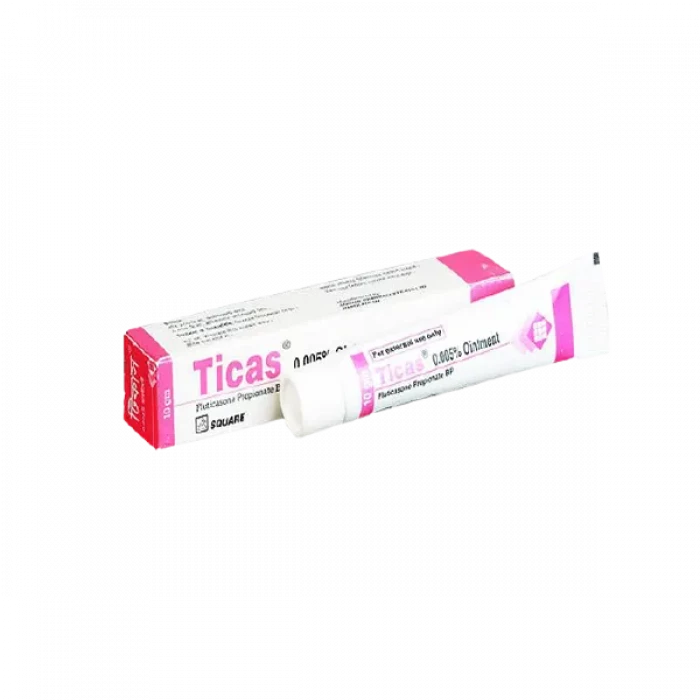
✔ 100% Authentic Product
👁️ Currently Viewing 1608
Ticas 0.05% Ointment 10gm
Manufacturer/Distributor: Square Pharmaceuticals Ltd. Generic Name: Fluticasone Propionate 0.05%
Discount
Price: ৳ 38
MRP:
৳
40.27
5%
Off
✅ Description:
Indications
Fluticasone propionate is indicated for the relief of the inflammatory and pruritic manifestations of corticosteroid-sensitive eczema/dermatitis.
Pharmacology
Fluticasone propionate is a glucocorticoid with high local anti-inflammatory potency, but low HPA axis inhibitory activity after transdermal administration. Hence, it has a higher therapeutic index than the most commonly available steroids. Fluticasone propionate has a high degree of selectivity for the glucocorticoid receptor. In vitro studies have shown that fluticasone propionate has high affinity and agonist activity at human glucocorticoid receptors. This receptor is thought to be responsible for the anti-inflammatory properties of glucocorticoids. Fluticasone propionate has a low affinity for the progesterone receptor and almost no affinity for the mineralocorticoid, estrogen or androgen receptor. The therapeutic efficacy of glucocorticoids is related to the half-life of the glucocorticoid receptor complex. The half-life of the glucocorticoid receptor complex of fluticasone propionate is approximately 10 hours.
Dosage & Administration
Cream: Apply a thin layer of Fluticasone propionate cream to the affected skin areas once daily.
Ointment: Apply a thin layer of Fluticasone propionate Ointment to the affected skin areas twice daily.
Contraindications
Fluticasone propionate is contraindicated in rosacea, acne, perioral dermatitis, primary viral skin infections (eg, herpes simplex, chickenpox), hypersensitivity to any of the ingredients, itching around and around the genitals of the mouth, etc. The use of fluticasone propionate is not indicated for the treatment of infected skin lesions caused primarily by fungal or bacterial infections and dermatological diseases in children under one year of age, including dermatitis and diaper rash .
Side Effects
Fluticasone propionate preparations are generally well tolerated; Local burning and itching have been reported. If signs of hypersensitivity appear, the application should be stopped immediately. Intensive and prolonged treatment with potent corticosteroid preparations can cause local atrophic changes in the skin such as thinning, streaking, dilation of superficial blood vessels, hyperpigmentation, and hypopigmentation.
Secondary infections, particularly when dressings are used or when skin folds are present, and allergic contact dermatitis have also been reported with corticosteroid use. Aggravated skin signs and symptoms have been reported with corticosteroid use.
Prolonged administration of large amounts of corticosteroids, or intensive treatment, may result in sufficient systemic absorption to produce the characteristics of hypercortisolism. This effect is more likely to occur in infants and children, and if a bandage is used. In babies, the towel can act as a bandage.
Pregnancy & Lactation
Use of fluticasone propionate during pregnancy should only be considered if the expected benefit to the mother outweighs any possible risk to the fetus. Excretion of fluticasone propionate in breast milk has not been studied. Plasma concentrations in patients following transdermal application of fluticasone propionate at the recommended dose may be low. When fluticasone propionate is administered to a nursing woman, the benefits of treatment should be weighed against the possible risks to the mother and child.
Precautions & Warnings
Fluticasone propionate tends to have very low systemic absorption; however, prolonged use of high doses over large areas of the body surface, especially in infants and young children, may result in adrenal suppression. Children can absorb proportionately larger amounts of topical corticosteroids and are therefore more susceptible to systemic toxicity. The face, more than other areas of the body, may show atrophic changes after prolonged treatment with strong topical corticosteroids. This should be taken into account when treating severe eczema. Appropriate antibiotic therapy should be used when treating inflammatory lesions that have become infected. Any spread of infection requires discontinuation of topical corticosteroid therapy and systemic administration of antibacterial agents. Bacterial infection is encouraged by the hot and humid conditions caused by the dressing, and therefore, the skin needs to be cleaned before applying a new dressing.
Storage Conditions
Store below 30°C.Do not freeze.
⚠️Disclaimer:
At ePharma, we’re committed to providing accurate and accessible health information. However, all content is intended for informational purposes only and should not replace medical advice from a qualified physician. Please consult your healthcare provider for personalized guidance. We aim to support, not substitute, the doctor-patient relationship.





